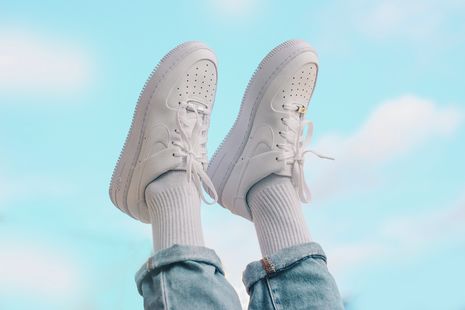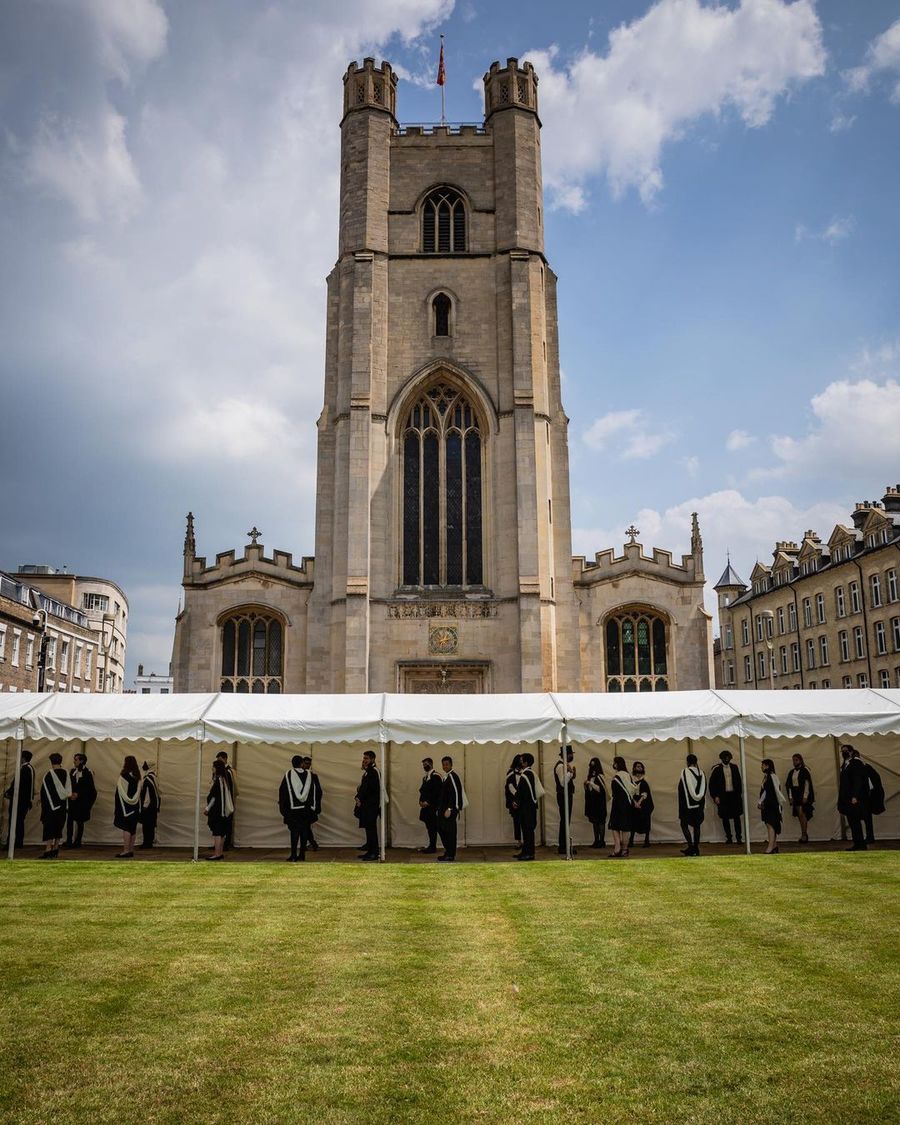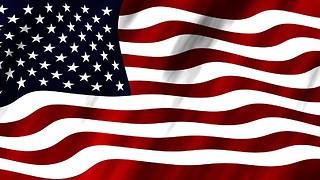May the Air Force 1 be with you
Delve into the history of the iconic Air Force 1 with Sarah Adegbite — its origins, revival, cultural significance and gentrification

It was the summer before uni. I was fresh out of school, basking in the June sunshine with no work to do, no applications to submit, and no deadlines to meet… but I had one pressing concern: purchasing a new pair of trainers. Vans, Chuck Taylors and Reeboks had all come and gone without satisfying my demands, and I was beginning to despair. And then, like a light shining from the starry night above with angels singing, my blessed Nike Air Force 1s descended from the sky.
“No matter the origin or connotation, the comfort, style, and simplicity of the shoe are unparalleled”
Almost 40 years ago, the Nike Air Force 1s were only a thought in the mind of a man. That man was Bruce Kilgore, a Nike designer who set himself the challenge of creating a basketball shoe that was new, radical, and would line store shelves for years to come. Its silhouette is sleek, complementing any foot size, and the sole is designed to maximise grip on the basketball court. The result was the Air Force 1, launched in 1982: a white high-top sneaker with grey trim, gum soles, and a breathable toe.
I’ve loved my Air Forces ever since I got them, but reading about the history and legacy of the shoe ignited something deeper within me. AF1s have an urban history, nicknamed ‘Uptowns’ for their popularity among the inner-city teenagers of Harlem, and if not for its hardcore fans in Baltimore, the shoe might not have been resurrected in the mid-1980s. Fashion held hands with the music industry, and rap songs like Nelly’s Air Force Ones, featuring Kyjuan, Ali, and Murphy Lee became a hit — repackaging and popularising the shoe for the new early-00s generation. In fact, AF1s have had mentions in a number of top songs, most notably Classic (Better Than I’ve Ever Been), a collaboration between Kanye West, Rakim, Nas & KRS-One. The power of these rappers’ words — predominantly inner-city black men — became influential in a society, like today’s, with trends determined by celebrity approval. Their word was so powerful, and the shoe so popular, that Nike employed strategies to maximise hype and profit — including limiting supply to the shoe and releasing stock to selected stores. In fact, my summer purchase was AF1s with a black Nike swish rather than the classic all-whites — apparently there was a shortage (according to the JD Sports manager).
Ultimately, I think it is the urban history of the shoe that makes it so popular among the London youth of today. Not only does it go with every outfit, but with every personality, so that even in the passing of time and transposition of place it represents an American-born but culturally translatable image of the ‘hustler’, the ‘rapper’, the kid on the ‘streets’. This American image of pristine Air Force 1s has been translated onto the city streets: every London teenager knows they’ll be rinsed by their friends for having a pair of creased and dirty AF1s.
“It is not only the streets being gentrified, but the shoes we use to walk on them”
But this is not the end of the story. It speaks directly to the politics of fashion — it is not only the streets being gentrified, but the shoes we use to walk on them. You’ll see AF1s on a South London ‘roadman’ one day, and a Chelsea yummy mummy the next. And so, the question is: how did a basketball shoe originally seen on Harlem youth turn into a classic sneaker that cuts across London class divides? We could posit this as an example of the appropriation of typically working-class fashion, but this seems to only be one part of the narrative. Perhaps — at least in the case of the AF1 — it’s as simple as this: no matter the origin or connotation, the comfort, style and simplicity of the shoe are unparalleled. In the music of Nelly and Kanye West, AF1s are specifically a hustler’s shoe, but that same music is globalising, and so is the shoe. A basketball shoe named after the US president’s private plane — a symbol of wealth, power, and exclusivity — became a shoe for the masses.
There is much more to say about the history of the shoe – the rise of personalisation with NikeID, promotion using basketball stars, or interpretations by Bape and Off White — but ultimately this is an ode to the universal charm of a simple pair of white sneakers. If I could only wear one pair of shoes for the rest of my life, it would without a doubt have to be my low all-white Air Force 1s. Not only are they the perfect sneaker — combining style with comfort and unbeatable versatility — but they are a sneaker for all and a sneaker with a story. Perhaps the only downfall is how easy it is for them to end up looking battered, but even that conveys a sense of adventure; every creased toe is an expedition, every dirty lace a decision. We may think our fashion choices only say something about who we are now, but no matter how new your Air Force 1s, how bright white the laces or uncreased the fabric, they still carry decades of history — music concerts, design templates, basketball games, and inner-city battles — all laid out upon the soles of your feet.
 News / Tompkins Table 2025: Trinity widens gap on Christ’s19 August 2025
News / Tompkins Table 2025: Trinity widens gap on Christ’s19 August 2025 News / Ex-Caius student avoids ‘£20k fine’ for returning room key 40 years late23 September 2025
News / Ex-Caius student avoids ‘£20k fine’ for returning room key 40 years late23 September 2025 Features / The honesty of Cambridge vloggers 23 September 2025
Features / The honesty of Cambridge vloggers 23 September 2025 News / SU reveals Access-a-Ball rankings25 September 2025
News / SU reveals Access-a-Ball rankings25 September 2025 Film & TV / My Oxford Year is a dubious Oxford dream19 September 2025
Film & TV / My Oxford Year is a dubious Oxford dream19 September 2025










